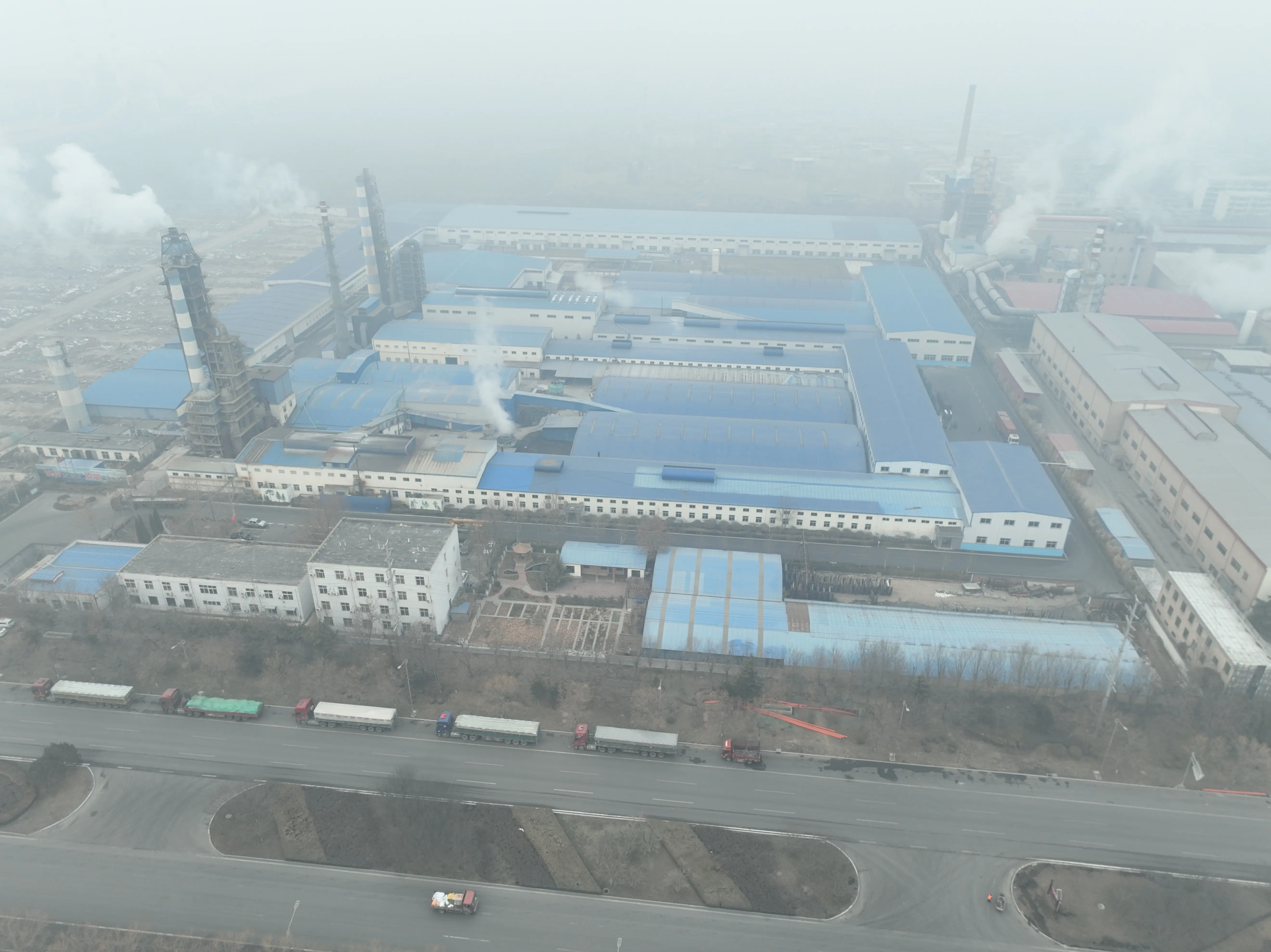

Understanding 6mm Tempered Glass Strength, Safety, and Versatility
In modern architecture and design, glass plays a crucial role. Among the various types, 6mm tempered glass has gained significant popularity for its superior strength, safety, and versatility. This article delves into the features and benefits of 6mm tempered glass, highlighting its applications and significance in today's constructions.
What is Tempered Glass?
Tempered glass, also known as toughened glass, is a type of safety glass that is processed through controlled thermal treatments to increase its strength. The process involves heating the glass to nearly its melting point and then rapidly cooling it. This tempering process alters the internal stresses of the glass, making it much stronger than standard glass. In the case of 6mm tempered glass, the thickness enhances its durability while remaining lightweight, making it a favored choice among architects and builders.
Strength and Durability
One of the key characteristics of 6mm tempered glass is its impressive strength. It can withstand significant impact and pressure, making it suitable for a wide range of environments—from residential buildings to commercial spaces. The glass is resistant to thermal stress and can endure high temperatures, which is particularly beneficial in areas with extreme weather conditions. Importantly, if it does break, tempered glass shatters into small, blunt pieces rather than sharp shards, reducing the risk of injury.

Safety Considerations
Safety is a foremost concern in any construction project. Unlike standard glass, which can break easily and cause serious injuries, tempered glass offers enhanced safety features. The manufacturing process ensures that the glass is uniformly compressed, providing a high level of security. It is often used in high-traffic areas, such as schools, hospitals, and shopping centers, where the risk of accidents is greater. The use of 6mm tempered glass in railings, partitions, and shower enclosures ensures that both safety and aesthetic appeal are prioritized.
Versatile Applications
The versatility of 6mm tempered glass is another reason for its widespread adoption. It is used in various applications, including facades, glass doors, windows, and even furniture. The ability to cut and shape tempered glass means that it can be customized to fit any design requirement. Its clarity allows for maximum light penetration, contributing to energy efficiency and creating a spacious feel in any environment.
Conclusion
In conclusion, 6mm tempered glass is a remarkable material that combines strength, safety, and versatility. Its attributes make it an ideal choice for a plethora of applications in modern architecture. As we continue to advance in design and construction techniques, the importance of incorporating materials like 6mm tempered glass cannot be overstated. Whether you are designing a residential space or a commercial building, opting for tempered glass ensures that you are making a smart, safe, and stylish choice. The future of architecture remains bright, with tempered glass playing a pivotal role in creating sustainable and beautiful spaces.